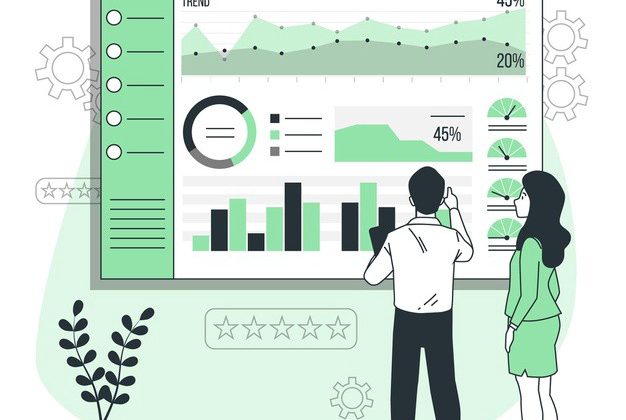
Transformative impact
The current development of artificial intelligence mainly benefits from machine learning technology represented by deep learning, which allows computers to learn and evolve autonomously from a large amount of data, to make predictions and decisions that are more efficient, more accurate, and cheaper than humans. For this reason, as a new general-purpose technology, artificial intelligence is considered to have a transformative impact on the economy and society. It has been raised to the height of national strategy and technological sovereignty by countries, and has become the new focus of the ever-increasing global technological competition.
Artificial intelligence penetration
At the application level, artificial intelligence has penetrated into all walks of life. Algorithms help us filter out spam, recommend songs we might like, translate different languages for us, and drive cars for us. Since the outbreak of the new crown pneumonia epidemic, artificial intelligence has emerged in assisted medical diagnosis and new drug research and development, and new models such as unmanned logistics and distribution and unmanned vehicles have facilitated the development of contactless services. In short, artificial intelligence has huge potential and can become a force for good, not only bringing economic growth, enhancing social well-being, but also promoting sustainable development.
Negative impacts
But at the same time, the negative impact and ethical issues of artificial intelligence and its applications have become increasingly prominent, calling for people to pay more attention to ethical perspectives beyond technology and its industrialization. For example, artificial intelligence model training and its application are inseparable from the support of a large amount of data, which may lead to violations of laws and regulations or excessive collection and use of user data, deepening the tension between artificial intelligence and data privacy protection, face recognition technology in some scenarios The application has also triggered disputes. Artificial intelligence technology may also be abused by criminals, for example, to engage in cyber crimes, to produce and spread fake news, and to synthesize false images that can disrupt audiovisual and so on.
Algorithmic discrimination
With the continuous fermentation of algorithmic discrimination, the fairness of artificial intelligence participation in decision-making has also attracted attention. Studies have found that many commercial face recognition systems have prejudices such as race and gender. Such technology is used in self-driving cars, which may cause dark-skinned people such as blacks to be more likely to be hit by self-driving cars. The application of artificial intelligence in recruitment, advertising, credit, insurance, medical care, education, judicial trials, criminal sentencing, public services, and many other aspects is also accompanied by fairness disputes. In addition, the problem of intellectual property protection of artificial intelligence is also emerging. At present, artificial intelligence can independently create poetry, novels, pictures, videos, etc., and the intellectual property system will need to respond to the protection of artificial intelligence creations as soon as possible. In the event of an accident in artificial intelligence applications such as autonomous vehicles and AI medical products, they also face the problem of who is responsible. Finally, the application of artificial intelligence may replace part of manual and repetitive labor, which will have a certain impact on the employment of laborers.
Regulation of AI
2020 is considered the first year of artificial intelligence regulation, and the regulatory paths adopted by the United States and Europe are quite different. The “heavy regulation” model proposed by the European Union’s “Artificial Intelligence White Paper” relies more on prior regulations and considers setting stringent conditions for technology development and application; the “light regulation” model proposed by the US “Guidelines for the Supervision of Artificial Intelligence Applications” relies more on standards, Guidelines and other flexible means, consider setting up safe havens and “supervisory sandboxes” for artificial intelligence applications.
Abuse of artificial intelligence
For example, as an artificial intelligence application, deep synthesis has great positive application value in film and television production, education, medical treatment, entertainment and other fields, but it may also be abused by criminals to create and spread false images to engage in fraudulent activities. In response to this, the industry has been actively developing and deploying content identification and traceability technologies to combat the abuse of deep synthesis. In the face of artificial intelligence applications with ever-increasing complexity and iteration speed, technological governance will play an increasingly important role.
